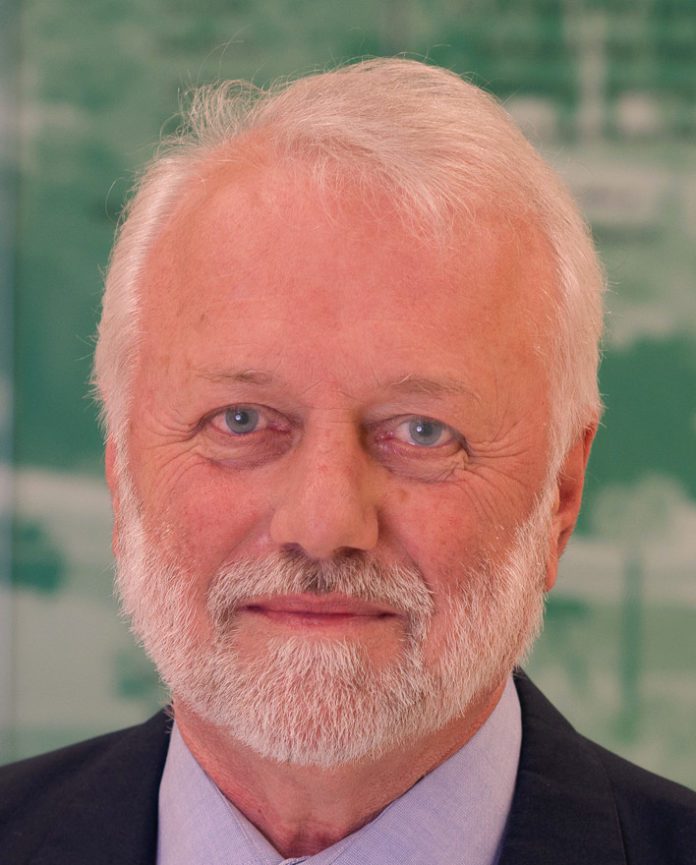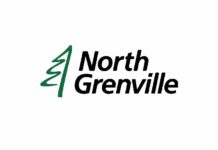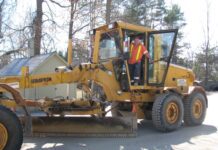by Councillor John Barclay with help from Public Works staff
Some will argue that it all eventually comes out of our pockets one way or another, but I think it’s instructive to know that not every dollar the Municipality receives for public works comes from your residential or business property tax. Of the $5.3M 2019 Public Works Capital Budget (including the Water/Wastewater silo budget of $1.9M) $664K of funding came from water/wastewater user fees; $862K came from grants; $530K came from development charges and $1.1M came from reserves. Less than half ($2.2M) came from taxation.
I’ve chosen a few examples of projects in this brief article to illustrate how the cost of building and maintaining our key infrastructure can come from a variety of sources.
Sidewalks and Roads
The recently completed Clothier Street West sidewalk (from Holy Cross School to Hurd Street) was 90% funded from development charges. Development charges are a one-time fee levied by municipalities on new residential and non-residential properties to help pay for a portion of growth-related capital infrastructure costs.
Currently underway, the paving of Townline Road (from Hess to Tompkins) has a budget of $142K, with $80K supplied by our Gas Tax transfer and another $34K coming from development charges, leaving $28K coming from general taxation. The Gas Tax is money the federal government grants to municipalities through the Association of Municipalities of Ontario twice a year to support local infrastructure.
Over the past four years, the Municipality has partnered with the City of Ottawa concerning shared roadways. During that time, the North Grenville road crew completed two culvert replacements, surface treatment and slurry seal on Boundary Road from Garbert Road to County Road 19. In the 2019 budget, the final project under this program was for North Grenville to manage the slurry seal. North Grenville will manage the $39K upgrade, with the City of Ottawa providing half the funding ($19.5K), plus granting North Grenville a 25% administration fee ($5K), resulting in a final cost to tax-payers of $14.5K. This partnership, allowing North Grenville to tender and manage multiple projects, has been a multi-year program saving the taxpayers tens of thousands of dollars
Waste Management
How Municipalities handle blue box recycling is undergoing changes as the market shifts to producer responsibility for post-consumer plastic, glass metal and fibre packaging. Recent news items about recycled material ending up in landfills or in foreign countries illegally has created some skepticism about our efforts to handle these materials responsibly. Our 2019 blue bin recycling program is budgeted to cost the Municipality $562K annually, for which we will receive a total waste diversion grant of $160K from the Province, and approximately $93K from the sale of the recycled commodities from Cascade, a large producer of recycled paper products and handler of plastics, metals and glass. In the future, under the new producer responsibility program, municipalities may be out of the recycling business; we may not even manage the contract for collecting the material.
In the past eleven months as Council Liaison to Public Works, I’ve learned a great deal about what the Public Works department does, how it does it and where the funding comes from. I’m still learning and am looking forward to sharing more information with you as time goes by. You can contact me by phone (Direct: 613-322-8132 or 613-875-4012), by email (jbarclay@northgrenville.on.ca) or drop by one of my Talk To Me Tuesdays weekly meet and greet sessions at a local coffee shop (locations posted on Facebook.com/JB4NG).









